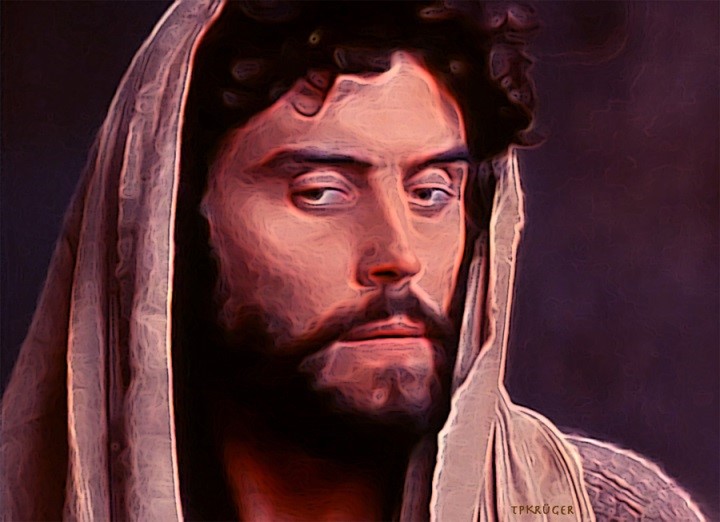
Is there a Contradiction in How Judas Died?
By
James Scott Trimm
Recently an anti-missionary claimed that there is a contradiction in the
Scriptural accounts of the death of Judas Iscariot. On the surface there is an
apparent contradiction between Matt. 27:5 and Acts 1:18
And he cast the thirty pieces of silver into the Temple, and hanged himself
with a halter.
(Matt. 27:5)
This is he who purchased for himself a field from the reward of sin and fell
on his face upon the ground and burst from his middle, and all his bowels
poured out.
(Acts 1:18)
To begin with, it is important to note that it was not customary to detach the
body of a hanged man down from a tree before burial, because the tree itself
was felled and buried as well, and to avoid contact with the dead body (which
is unclean) it was unnecessary to detach the body before felling the tree.
We read in the Torah:
And if a man have committed a sin worthy of death, and he be put to death, and you hang him on a tree: His body shall not remain all night upon the tree, but you shall in any wise bury him that day; (for he that is hanged is accursed of Elohim;) that your land be not defiled, which YHWH your Elohim gives you for an inheritance.
(Deut. 21:22-23).
The Hebrew says כִּֽי־קָבֹ֤ור תִּקְבְּרֶ֙נּוּ֙ literally, “for burying you shall bury him/it.”
The use of a verb with its own infinitive is a common idiom of the Hebrew language by which a verb is amplified. However the Tenth rule of Eliezer’s Baraita of Thirty Two Rules of interpretation is “davar shehu shanui” meaning “repetition brings out a point.” In this case the repetition of the verb is taken by the Talmud to teach us that the tree is felled and also buried:
Our Rabbis taught: [Then thou shalt hang him on] a tree: this I might understand as meaning either a cut or a growing tree; therefore Scripture states, Thou shalt surely bury him: (literally “burying you shall bury”) [thus, it must be] one that needs only burial, so excluding that which needs both felling and burial. R. Jose said; [It must be] one that needs only burial, thus excluding that which requires both detaching and burial. And the Rabbis? — Detaching is of no consequence.
(b.Sanhedrin 46b)
In fact, due to purity laws discouraging contact with a corpse, rather than detach the corpse at all, it was the custom to cut the tree down, corpse and all. Maimonides comments on this custom saying that the tree was cut down and buried with the body:
In order that it should not serve as a sad reminder,
people saying: “This is the tree in which so and so
was hanged.”
(Maimonides, Sanhedrin, XV, 9)
Y’hudah (Judas) hanged himself with a halter (Mt. 27:5). By the time his body was discovered, his belly was either distended or bloated. Following the normal custom, the tree in which he hanged himself was cut down, with his body still attached, with intent of burying them both together. When the tree was cut down he fell on his face upon the ground and burst from his middle, and all his bowels poured out (Acts 1:18).

We need your help today! Donations have been low, and bills are due!
As you know we have been digging ourselves out of a budget shortfall. As I have said to you many times, I look on this work as a co-operative one with me, and all of you combining our resources together in order to get the job done of helping to teach this great truth to all in the world who will listen. Thank you so much from the bottom of my heart for your continued support, you are the ones who make it all possible by your contributions and your prayers for our work. I truly appreciate your help in every way.
If you can make a one time donation of $500 or $1,000 dollars to support this work.
